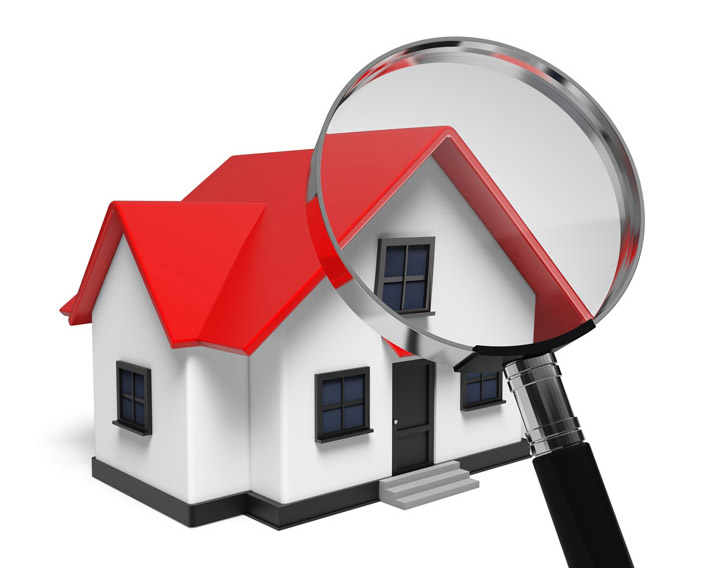
An Overview of the Appraisal ProcessBuying a house is the most important investment some of us may ever make. Whether it's a primary residence, an additional vacation property or one of many rentals, purchasing real property is a complex transaction that requires multiple people working in concert to pull it all off. Most people are familiar with the parties taking part in the transaction. The real estate agent is the most familiar entity in the exchange. Next, the bank provides the money needed to bankroll the transaction. And ensuring all aspects of the transaction are completed and that the title is clear to transfer to the buyer from the seller is the title company. So, who makes sure the real estate is worth the amount being paid? This is where the appraiser comes in. We provide an unbiased estimate of what a buyer might expect to pay — or a seller receive — for a parcel of real estate, where both buyer and seller are informed parties. A licensed, certified, professional appraiser from Appraisal Resource Company, Inc. will ensure, you as an interested party, are informed. Appraisals begin with the home inspectionOur first responsibility at Appraisal Resource Company, Inc. is to inspect the property to ascertain its true status. We must see aspects of the property hands on, such as the number of bedrooms and bathrooms, the location, amenities, etc., to ensure they really are present and are in the condition a reasonable buyer would expect them to be. The inspection often includes a sketch of the house, ensuring the square footage is proper and illustrating the layout of the property. Most importantly, we identify any obvious features - or defects - that would have an impact on the value of the property. Following the inspection, an appraiser uses two or three approaches to determining the value of real property: paired sales analysis and, in the case of a rental property, an income approach. 
Replacement CostThis is where the appraiser uses information on local building costs, the cost of labor and other factors to derive how much it would cost to construct a property comparable to the one being appraised. This estimate often sets the upper limit on what a property would sell for. The cost approach is also the least used method. 
Analyzing Comparable SalesAppraisers can tell you a lot about the subdivisions in which they work. They thoroughly understand the value of specific features to the people of that area. Then, the appraiser looks up recent sales in the neighborhood and finds properties which are 'comparable' to the real estate at hand. Using knowledge of the value of certain items such as fireplaces, room layout, appliance upgrades, additional bathrooms or bedrooms, or quality of construction, we add or subtract from each comparable's sales price so that they are more accurately in line with the features of subject.
An opinion of what the subject might sell for can only be determined once all differences between the comps and the subject have been evaluated. At Appraisal Resource Company, Inc., we are experts when it comes to knowing the value of real estate features in East Greenwich and Kent County neighborhoods. The sales comparison approach to value is usually awarded the most consideration when an appraisal is for a home sale. Valuation Using the Income ApproachIn the case of income producing properties - rental houses for example - we may use a third approach to value. In this scenario, the amount of revenue the property generates is taken into consideration along with income produced by similar properties to derive the current value. Putting It All TogetherExamining the data from all approaches, the appraiser is then ready to stipulate an estimated market value for the property at hand. The estimate of value on the appraisal report is not necessarily what's being paid for the property even though it is likely the best indication of what a property is worth. Depending on the individual situations of the buyer or seller, their level of urgency or a buyer's desire for that exact property, the closing price of a home can always be driven up or down.Regardless, the appraised value is often used as a guideline for lenders who don't want to loan a buyer more money than the property is actually worth. The bottom line is, an appraiser from Appraisal Resource Company, Inc. will help you attain the most accurate property value, so you can make wise real estate decisions. |